
The Art of Non-Alcoholic Spirits
blog
For decades, spirits and cocktails have fostered a culture of craft, connection, and celebration. But over time, cocktail culture has evolved far beyond the buzz!
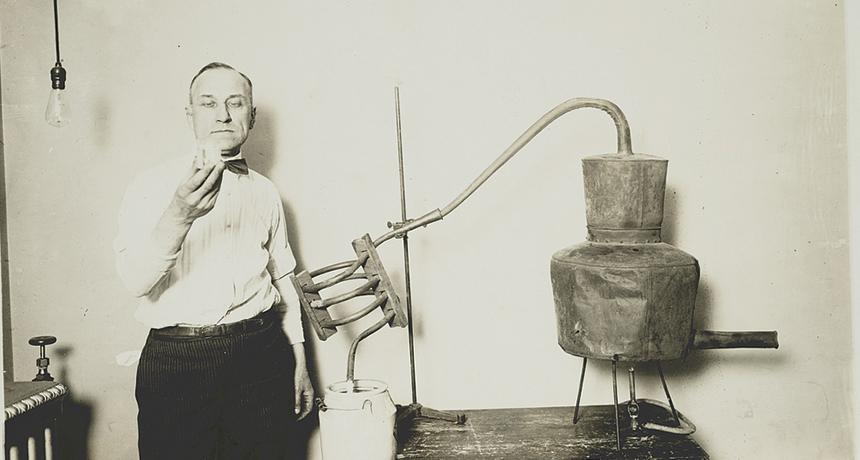
Moonshine has a history that's as abundant as the styles of the spirit itself. While most people might be aware of the infamous side of its past, this authentically American spirit boasts plenty of qualities worthy of being celebrated today. Don't believe us? Here's 5 facts you probably don't know about this specialty spirit.
Historically, moonshiners made their own liquor to avoid laws, taxes, and regulations. Without any FDA inspectors around to ensure safety and quality standards were met, bad batches or poor production techniques (think distilling in car radiators) could result in a product high in dangerous chemicals, like methanol. Consuming methanol can acidify the blood, causing blindness, seizures, and even death.
Of course, many moonshiners in these small communities had reputations to keep for their regulars — many of which were friends and neighbors. If their liquor was inferior, or people got sick or died, then the moonshiner responsible would be run out of the business.
Today, the term "moonshine" continues to be used to describe illegal liquor; but in the distilling business it has taken on another meaning. The Alcohol and Tobacco Tax and Trade Bureau (TTB) doesn't offer an official definition for moonshine, so it generally covers the "other" or "specialty spirit" classification.
"Moonshine remains the Wild West of spirits, but not because of legality reasons," says Colin Blake, Moonshine University's Director of Spirits Education. "Unlike other spirits, legally produced moonshine can be made with any source material, at any proof, can have coloring and flavoring added — the works. There are no rules for its classification."
In other words, the "moonshine" label we see on spirits today is flexible. It serves as an all-encompassing term for liquor that doesn't fall into a specifically defined category. That means the moonshine you purchase at your local liquor store is legal and safe for responsible consumption.
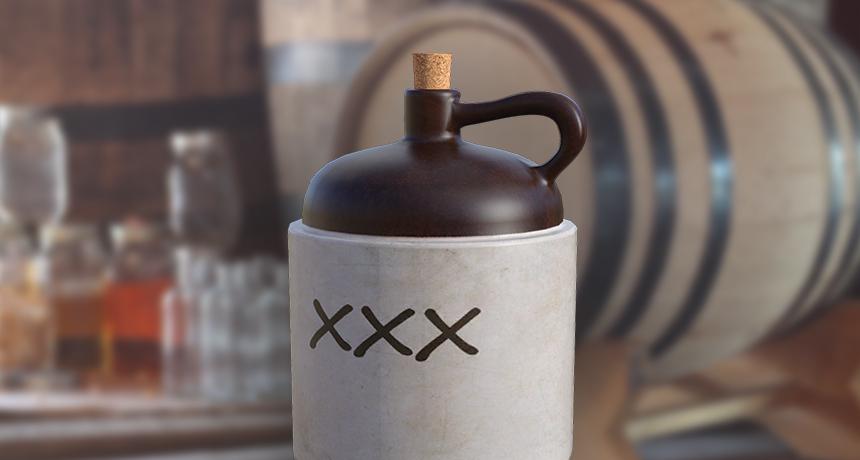
You might recall seeing pop culture references that depict moonshine in a jug marked XXX. That's because, in typical DIY style, these Xs once indicated how many times a batch of moonshine had been run through the still.
Before modern distilling techniques and equipment were created, moonshiners had to conduct three runs to get a higher, purer alcohol content — usually well above 80% ABV. By the time a batch was really finished, it ended up in a jug marked with a triple X.
That's right. Early moonshine may have been distilled illegally, but that doesn't mean early distillers didn't care about the product they were making. There was a lot of pride in operations that could put forth a quality spirit for their communities. That sentiment lives on in many modern (and now legally concocted) moonshines enjoyed today and is forever cemented as a part of moonshine history.
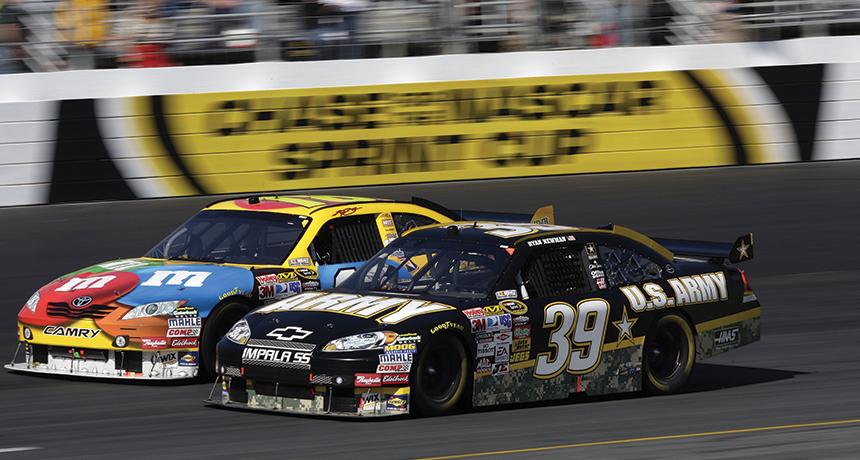
Quick clarification: moonshiners make the liquor, bootleggers transport it. The term "bootlegger" originated in the 1880s, when smugglers would hide flasks in their boot tops. Of course, when cars entered the picture, its meaning was expanded to include anyone who smuggled liquor.
As soldiers returned home armed with new mechanical skills following World War II, they quickly took on work in their communities as bootleggers. By modifying cars, these modern bootleggers were able to maximize how much moonshine they could transport, while developing the necessary driving skills required to evade the law.
On their free days, these bootleggers would test their skills in races against one another. More than bragging rights, this ritual became the foundation of today's NASCAR. Naturally, it was a mooshiner that gave founder and former bootlegger, Big Bill France, the seed money to start the sports organization.
Today, moonshine-based distillery Sugarlands Distilling Co. houses the official spirit for NASCAR. After visiting Moonshine University, Sugarlands launched their Gatlinburg, Tennessee, operation where they produce "Sugarlands Shine" in a variety of stand-out flavors — from old fashioned lemonade and blueberry muffin to maple bacon, root beer, and peanut butter and jelly.
Piedmont Distillers, located in Madison, North Carolina, holds the title of being the first legal moonshine operation in the United States and their state's first legal distillery since Prohibition.
In addition to being a part of moonshine's history itself, Piedmont's entire business celebrates the unique story of moonshine. Using recipes passed down from legendary moonshiner and NASCAR hall of famer Junior Johnson, their Midnight Moon moonshine is tripled distilled (remember those three Xs?) and special batches are infused with real fruit — from watermelon and strawberry to raspberry and peach.
Since 2005, more legal moonshine operations have popped up around the US, including the likes of Sugarlands (TN) and Call Family Distillers, which is also based in North Carolina.
You've probably tasted Mountain Dew at some point in your childhood — but did you know that the bright yellow drink is named after the slang term for mountain-brewed moonshine?
That's right. In 1932, Brothers Barney and Ally Hartman created the lemon-lime drink as a whiskey chaser in Knoxville, Tennessee. According to the Smithsonian, the name "Mountain Dew" was selected to emphasize the intended use of their drink, underscored by the presence of the original brand mascot, "Willy the Hillbilly," and his tagline, "It'll tickle yore innards."
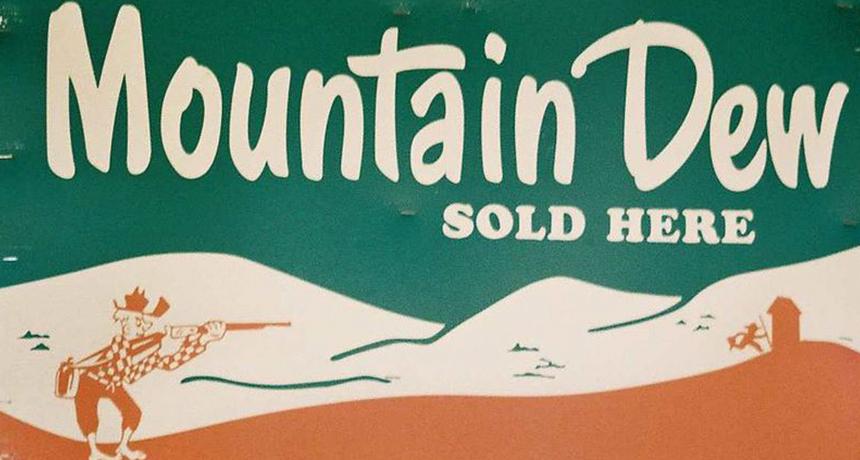
When Mountain Dew was purchased by PepsiCo in 1964, distribution was expanded beyond Tennessee across the United States. The brand's association with moonshine may have evolved since then, but its history lives on.
Interested in learning more about the process of distilling? Check out Moonshine University's 6- Day Distiller Course. You'll experience intensive, practical, and hands-on learning from industry experts. By the end of the course you will have knowledge of all the components of distillery work — from laying the first brick to getting a finished product on the shelf. Learn more.

blog
For decades, spirits and cocktails have fostered a culture of craft, connection, and celebration. But over time, cocktail culture has evolved far beyond the buzz!
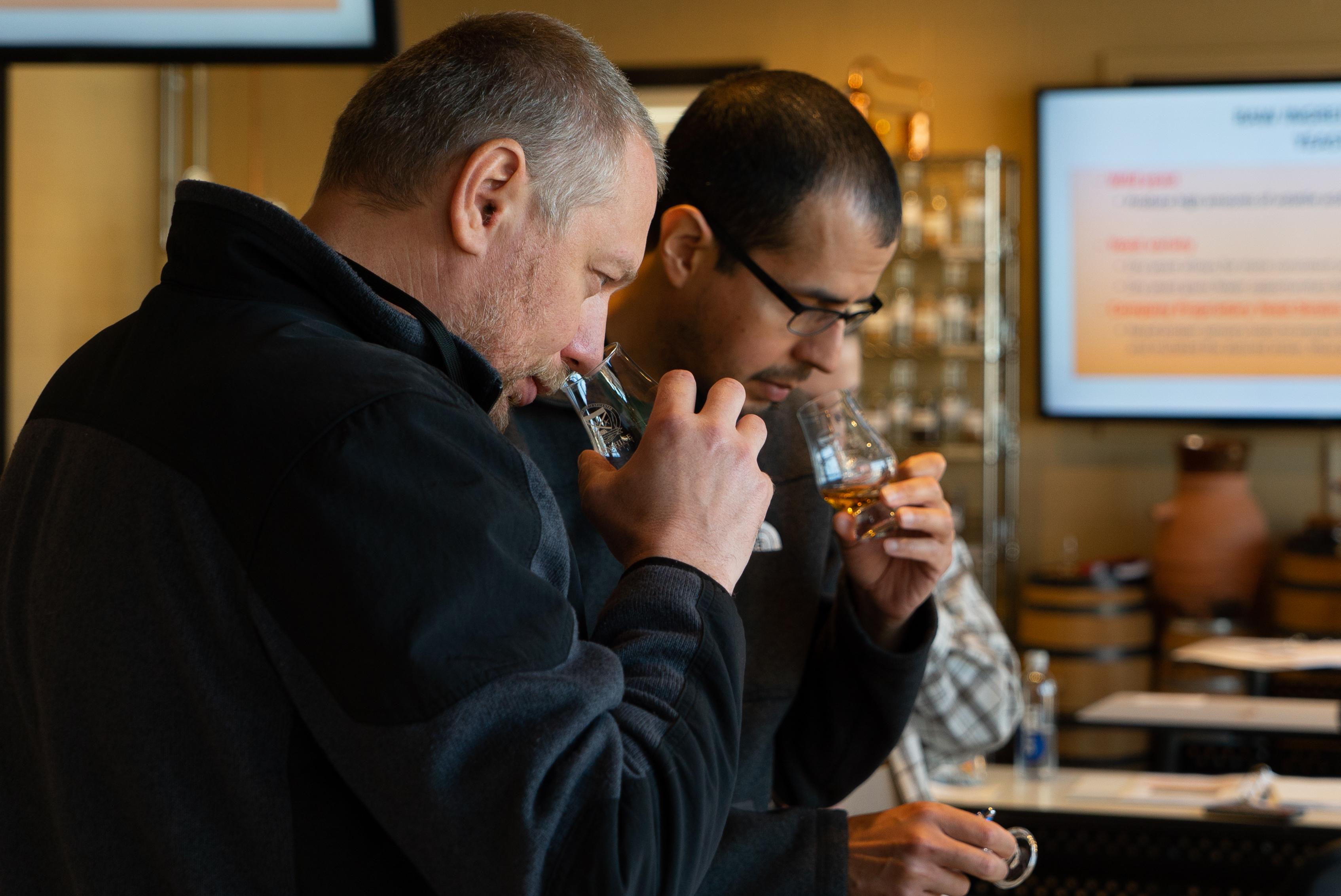
blog
Those that are familiar with the process of crafting distilled spirits may also be familiar with the 10 common congeners that are created during fermentation, and honed during the distillation run. Each congener has its own distinct personality, rendering unique tastes and aromas to the finished spirit.
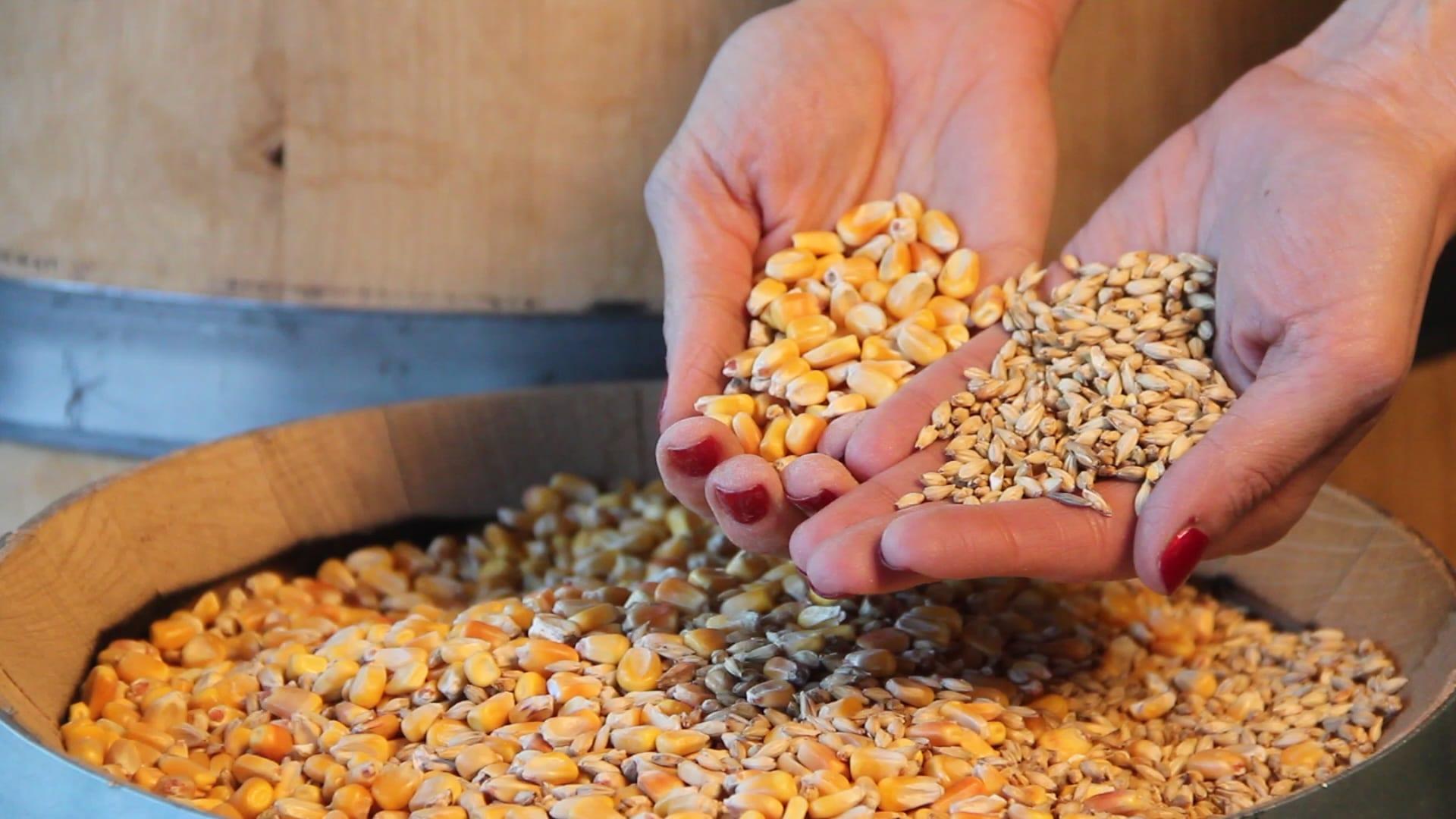
blog
So, you want to start distilling with freshly milled grain. Maybe you're tired of paying top dollar for the pre-milled stuff from the malt distributor, and you're ready to invest in the quality, efficiency, and bulk pricing that comes with milling your own whole grain. But where do you start?